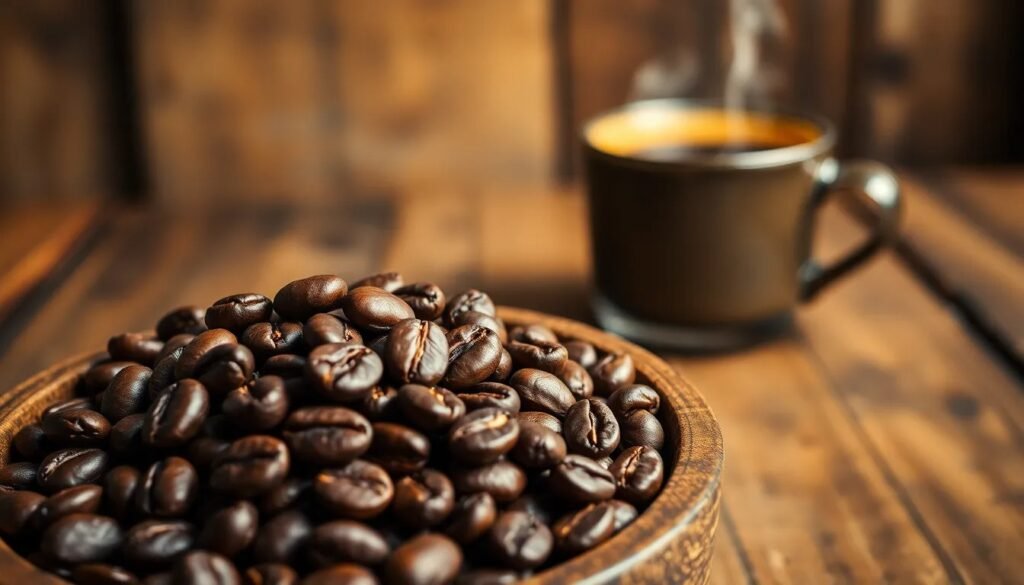
6 Ways Specialty Coffee Brands Build Loyalty and Stand Out
Discover how top specialty coffee brands create lasting loyalty through storytelling, sourcing, and community connection. Real tips from 6 industry experts.
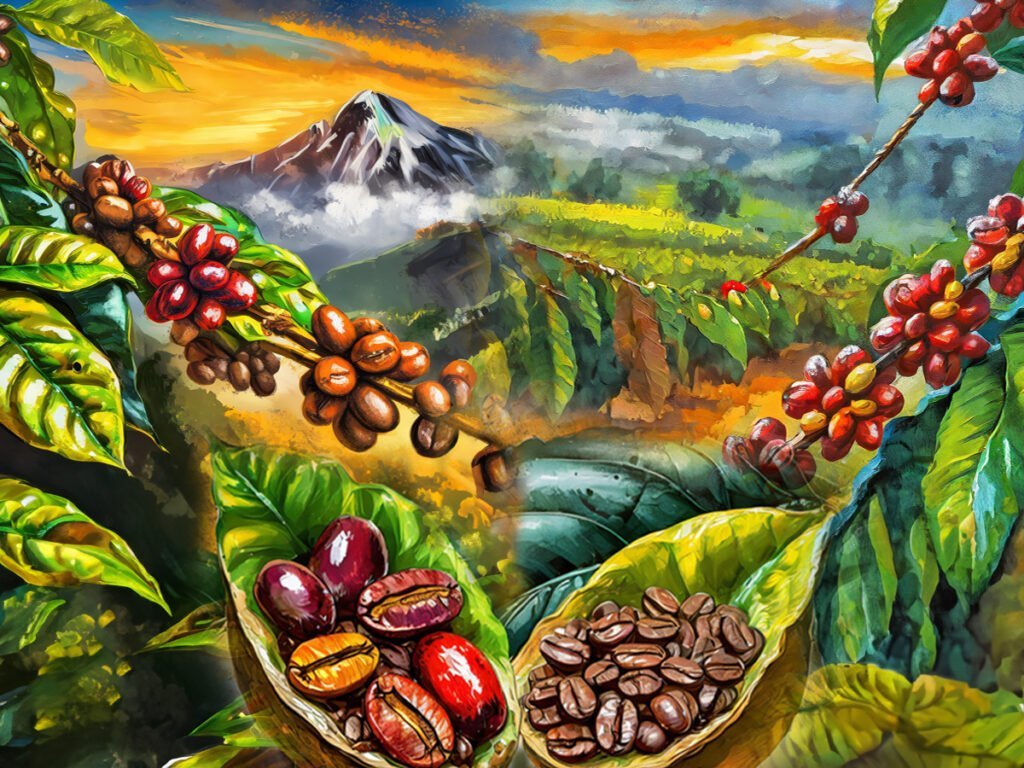
When we hear the word coffee, we often think of little sachets of instant coffee in the company pantry or the meticulously crafted iced coffee from our favorite barista. Coffee enthusiasts know, however, that the true deciding factor behind the flavor of your cup of coffee lies in the type of coffee bean used. Understanding the main coffee bean types offers a deeper appreciation for the world of coffee blends and single-origin coffee.
Now that you have a basic understanding of coffee beans, let’s dive into the different types of coffee beans that fuel our mornings and enhance our productivity.
The world’s coffee production relies heavily on two main types of coffee beans: Arabica and Robusta. Each coffee bean type contributes unique flavors, growing conditions, and properties to the coffee beans in the world:
However, there are also other varieties worth exploring, such as Liberica and Excelsa beans, which provide distinct and exotic flavors. These lesser-known coffee varieties contribute to the diversity of the world of coffee beans.
Both types are cultivated globally, with regions such as Africa, Southeast Asia, and South America playing a significant role in coffee production. In these regions, coffee is grown in diverse environments, contributing to the unique flavor profiles of each bean type.
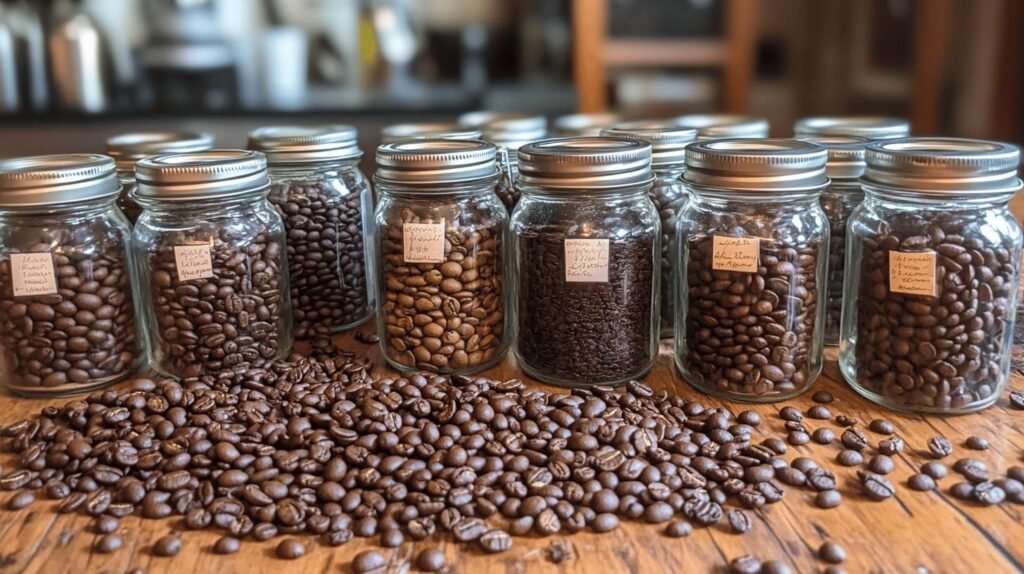
The Arabica coffee bean, originating from Ethiopia, is one of the most popular types of coffee beans. It is believed to be a hybrid of Robusta and Nandi coffee plants, making it a cornerstone of brewing coffee today. As a premium variety of coffee, Arabica is often regarded as high quality coffee due to its mild and complex flavor profile.
Arabica plants thrive in tropical climates near the equator, such as Ethiopia, Brazil, and Indonesia. These coffee beans are grown mostly at high altitudes, under the shade of larger trees. The coffee tree, which produces Arabica beans, requires a stable environment to produce the best coffee possible. In these regions, coffee is grown with care to maintain its delicate flavor characteristics.
Arabica plants prefer cool, shaded environments with acidic soil and a balanced pH. Unfortunately, rising temperatures from global warming and deforestation significantly impact these sensitive plants. The quality coffee produced by Arabica is highly dependent on these specific growing conditions.
Arabica coffee is often associated with light roast coffee, producing a sweeter flavor with lower caffeine content. It’s a favorite among coffee lovers who enjoy a refined cup of coffee and appreciate tasting coffee for its nuanced notes.
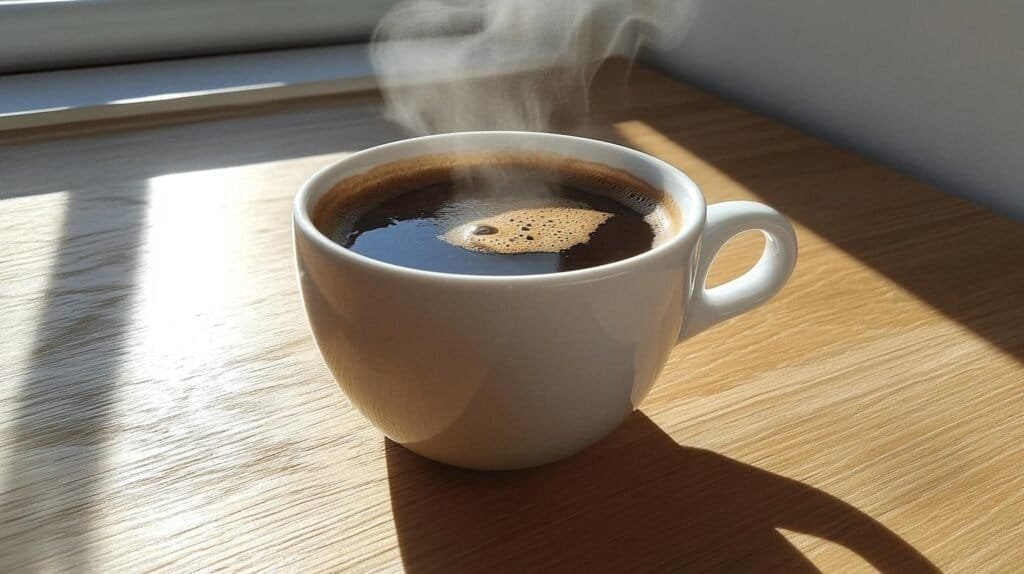
In line with not really doing well in high temperatures, global warming has a huge impact on coffee Arabica plants. The rise in temperature not only affects the plants directly, but also affects the pests that may harm them and the trees that Arabica plants count on for shade.
Speaking of pests, the coffee cherry borer is recognized as one of the worst things that can happen to a coffee plantation. It’s a small beetle that feeds on coffee cherries, damaging the beans and reducing the overall yield of the plant. In addition to directly feeding on the coffee beans, coffee cherry borers are also vectors for dangerous plant diseases such as black leaf disease and coffee leaf rust.
As with all plants, deforestation is a huge problem. Not only does this affect the soil that’s shared by all the plants, but in the case of sensitive arabica coffee plants, having their big tree friends turned into a cabinet means that they’re more exposed to the sun, and like most people who are used to the cold, the sun is not a welcome guest in their personal space.
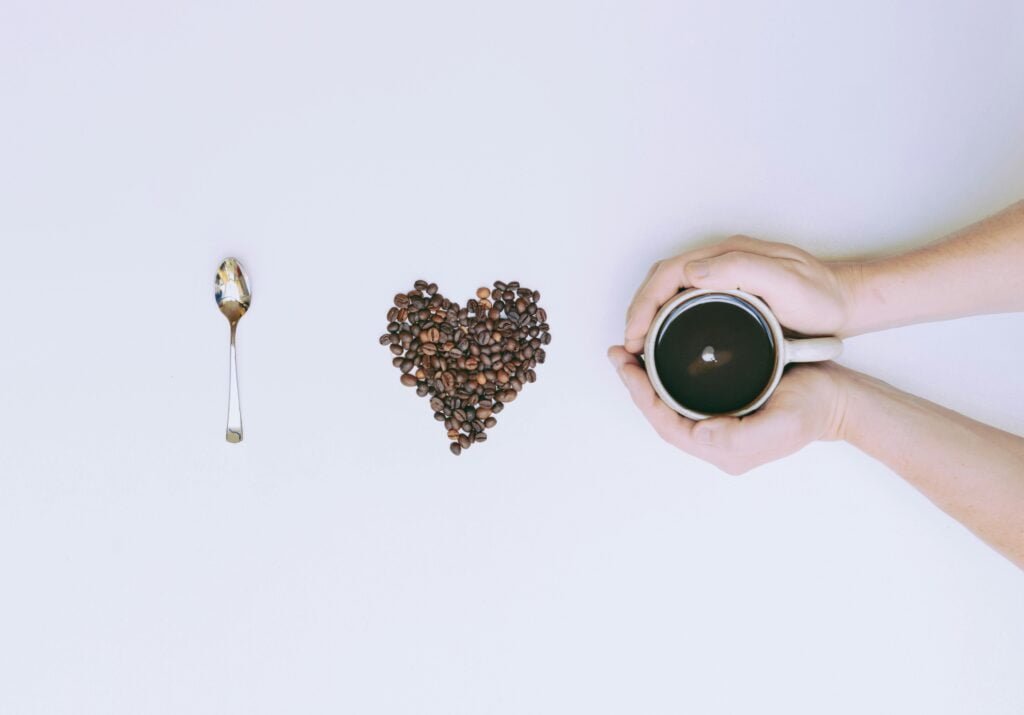
The Robusta coffee bean (Coffea robusta) lives up to its name as a hardier alternative to Arabica. These coffee beans thrive in extreme climates and are less vulnerable to diseases, making them indispensable to the world’s coffee supply. Robusta coffee is commonly used in espresso beans and instant coffee due to its bold and bitter flavor.
Robusta plants are native to Africa and are now widely grown in humid regions like Southeast Asia and Brazil. They flourish at lower altitudes and tolerate less-than-ideal environments, making them a favorite for Southeast Asian coffee producers. In these areas, coffee is grown in a way that enhances its robust flavor profile.
What Do Robusta Beans Need?
Robusta plants require humidity, lots of water, and a pH level of 5 to 7 for optimal growth. They produce robust flavors often used in medium roast coffee and dark roast coffee blends.
Robusta coffee boasts a stronger, full-bodied flavor, higher caffeine content, and is often the go-to for those who enjoy a bold cup of coffee. It’s also used in common types of coffee like espresso blends and instant coffee.
Liberica coffee beans are known for their bold, smoky flavor and floral aroma. These beans are native to regions like the Philippines and are often used in specialty coffee shops. Unlike Arabica and Robusta, Liberica beans have a unique, irregular shape, contributing to their distinct taste profile.
Excelsa beans, a variety of Liberica coffee, are celebrated for their tart, fruity flavors. Grown predominantly in Southeast Asia, they add depth and complexity to coffee blends. They are highly valued by coffee enthusiasts who enjoy exploring many different types of coffee beans.

The four main types of coffee beans are Arabica, Robusta, Liberica, and Excelsa beans. Each offers unique flavors and characteristics that cater to different coffee drinkers.
Drip coffee is a popular type of coffee drink made by pouring hot water over ground coffee in a filter, allowing the brewed coffee to drip into a carafe or cup. It’s a favorite among many coffee drinkers for its simplicity and clean taste.
Excelsa coffee beans, a variety of Liberica coffee, are known for their tart and fruity flavor. These beans are native to Southeast Asia, including the Philippines, where they are prized for their contribution to coffee blends.
Liberica coffee beans are larger and more irregular in shape compared to Arabica or Robusta beans. Known for their distinct, smoky, and floral flavors, Liberica beans are native to regions like the Philippines and are often used in specialty coffee shops.
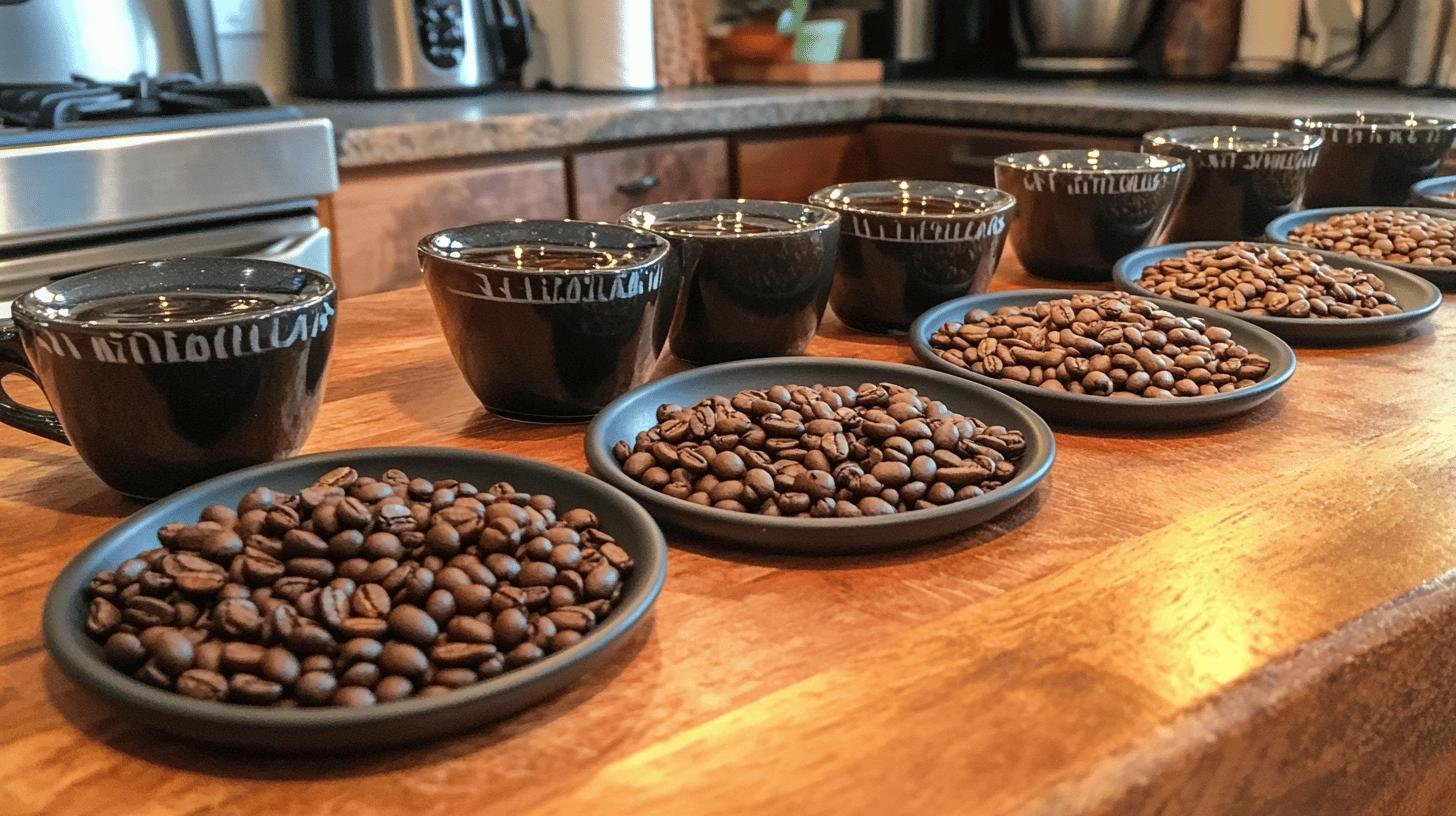
There are three types of coffee roasts: light, medium, and dark. The way beans are roasted affects their flavor, aroma, and caffeine content. For instance, light roasts highlight the bean’s natural flavors, while dark roasts offer bold and smoky profiles.
Popular coffee drinks include black coffee, lattes, cappuccinos, and espressos. For those who enjoy cold beverages, iced lattes and cold brews are great options. Each type of coffee drink appeals to a different preference, from strong to sweet.
Yes, there are many different types of coffee beans, including regional varieties and blends. Arabica and Robusta are the most popular globally, but Liberica beans and Excelsa beans are gaining attention for their unique characteristics.
Arabica beans are considered the favorite coffee choice for many due to their mild, sweet flavors and low acidity. These beans are native to high-altitude regions, making them more challenging to grow but highly prized by coffee enthusiasts.
Black coffee is brewed coffee served without milk or sugar, showcasing the pure flavor of the roasted beans. It’s a go-to choice for those who appreciate the bold, unadulterated taste of coffee.
To learn more about coffee beans, explore their origins, roasting techniques, and brewing methods. Joining a coffee subscription service is an excellent way to try different types of beans and discover your new favorite blend.
Morning coffee is a ritual for many coffee drinkers, offering a burst of energy and comfort to start the day. Whether it’s a simple drip coffee or a bold espresso, the aroma and taste set the tone for productivity.
When beans are roasted, their natural oils and flavors are released, creating the distinct profiles that coffee lovers enjoy. The roasting process also determines whether the coffee will have different flavors like nutty, chocolatey, or fruity notes.
A coffee subscription delivers freshly roasted beans to your door regularly, allowing you to sample many coffee varieties. It’s a convenient way to explore new flavors and find your ideal kind of coffee bean.
Coffee beans from the Philippines, particularly Liberica coffee beans, are known for their bold, fruity flavors and rarity. These beans are often used in local specialty drinks and are a point of pride for southeast Asian coffee producers.
This FAQ serves as a guide for coffee enthusiasts eager to explore the world of beans, roasts, and brewing methods. Whether you’re a seasoned coffee drinker or just beginning your journey, there’s always more to discover about your favorite coffee.
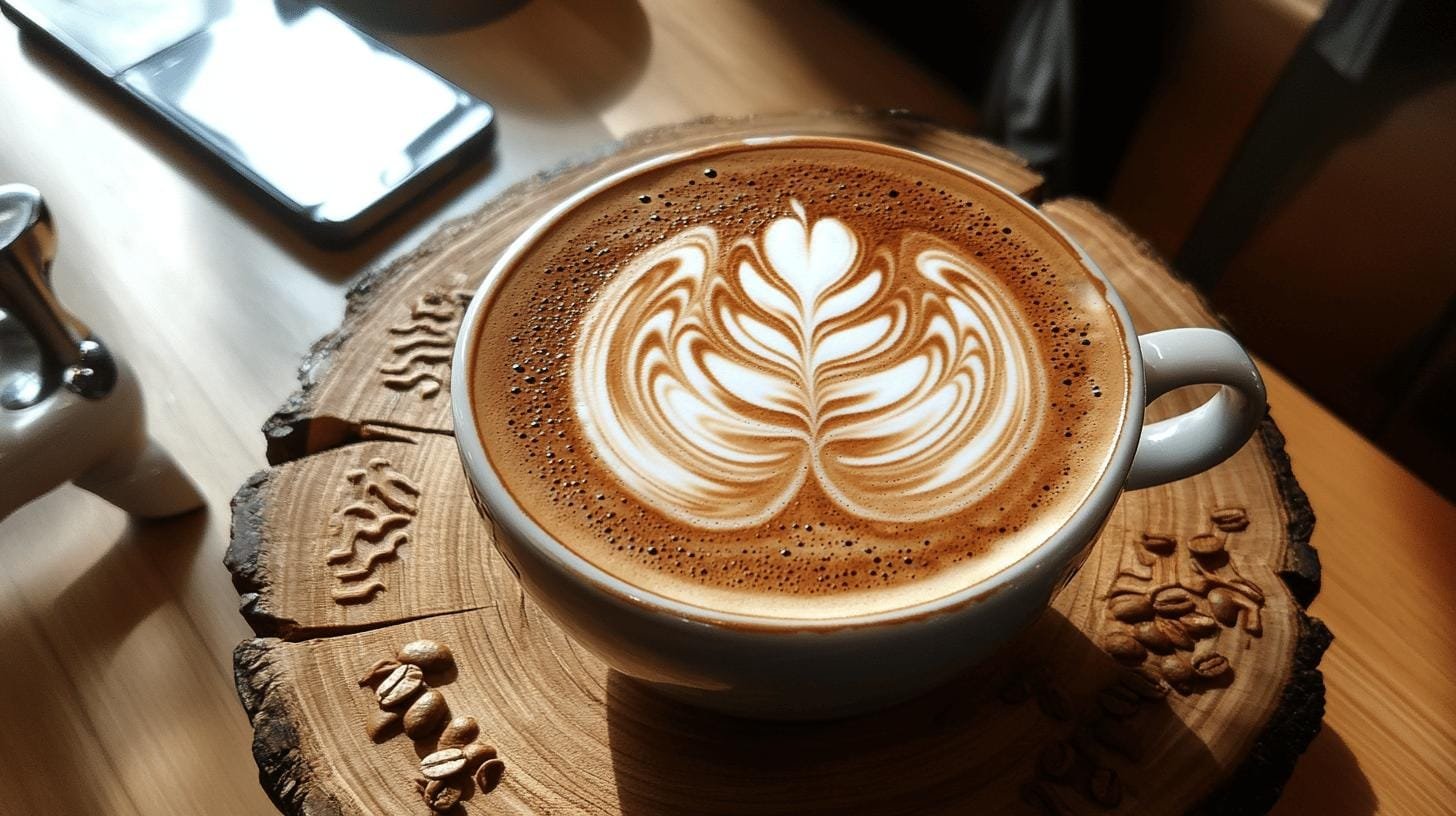
No matter your preferences, you can thank the people who work tirelessly to cultivate your Arabica and Robusta beans. Without these amazing plants (and the goats and birds who gave them a taste), who knows how human productivity would have gone. If you’re looking for some top-class coffee beans of your own without the hassle of growing and maintaining a coffee plant, take a look at our fine selection here at Equipoise Coffee.
Whether you enjoy the mild, sweet notes of Arabica, the boldness of Robusta, or are curious about the exotic flavors of Liberica and Excelsa, the world of coffee beans has something for every palate. By exploring the different types of coffee beans, you’ll discover your own version of the best coffee, making every cup a delightful experience.

Discover how top specialty coffee brands create lasting loyalty through storytelling, sourcing, and community connection. Real tips from 6 industry experts.

Discover the ultimate showdown between two beloved coffee brewing methods: the French press and Chemex. Explore how each technique caters to distinct palates, with the French press delivering bold flavors and the Chemex presenting a bright, clean taste.

Unlock the secrets to brewing the perfect cup of coffee with our comprehensive guide on using a coffee scale. Discover how precise measurements enhance flavor and consistency while eliminating bitterness.

Discover how water temperature plays a vital role in brewing the perfect cup of coffee. This article delves into the ideal temperature range of 195°F to 205°F for optimal flavor extraction, enhancing the enjoyment of high-quality beans.

Discover the world of curated specialty coffee bundles, perfect for enthusiasts seeking quality and craftsmanship. This article explores the benefits of ethically sourced, small-batch beans from brands like Equipoise Coffee, offering diverse flavor profiles that elevate your brewing experience.

Discover the art of manual brewing to elevate your coffee experience! This article explores various techniques like pour-over, French press, and AeroPress, revealing how they enhance flavor and your connection to every cup.

Discover how to balance productivity and rest with the perfect cup of coffee. This article explores the art of brewing high-quality coffee to enhance your work routine while promoting mindful breaks.

Transform your morning coffee ritual into a mindful experience! This article explores the importance of slowing down to appreciate high-quality beans, ethical sourcing, and small-batch roasting.
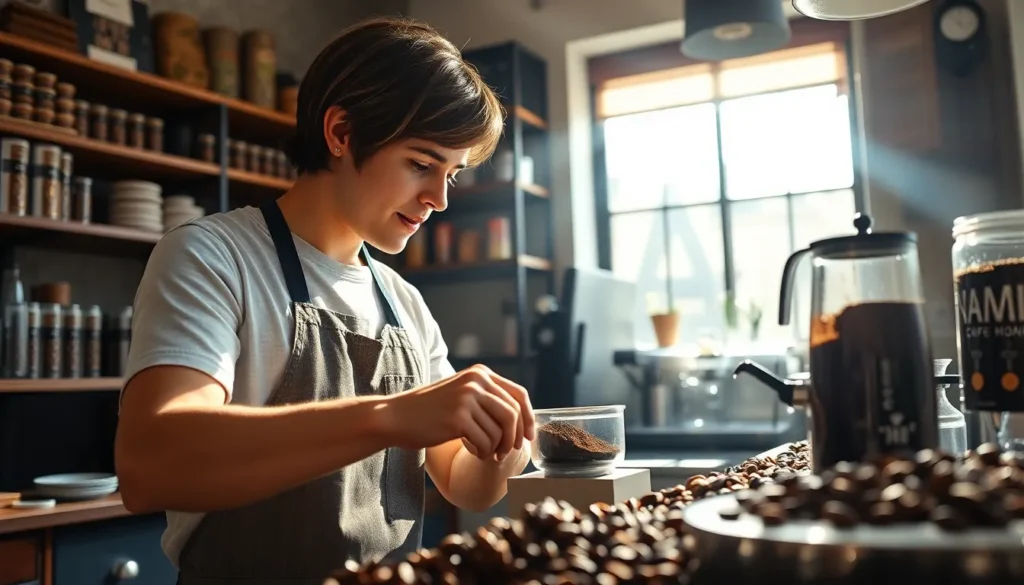
Discover the world of specialty grade coffee and what sets it apart for true enthusiasts. This article delves into the strict standards, exceptional flavors, and unique origins that define high-quality brews.